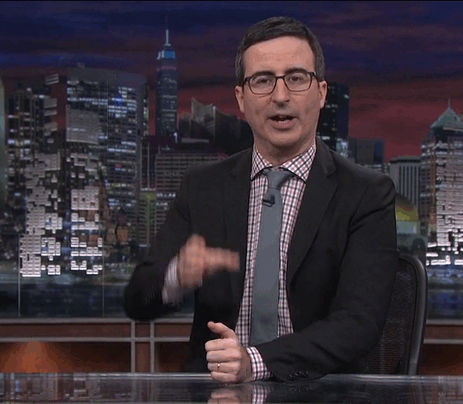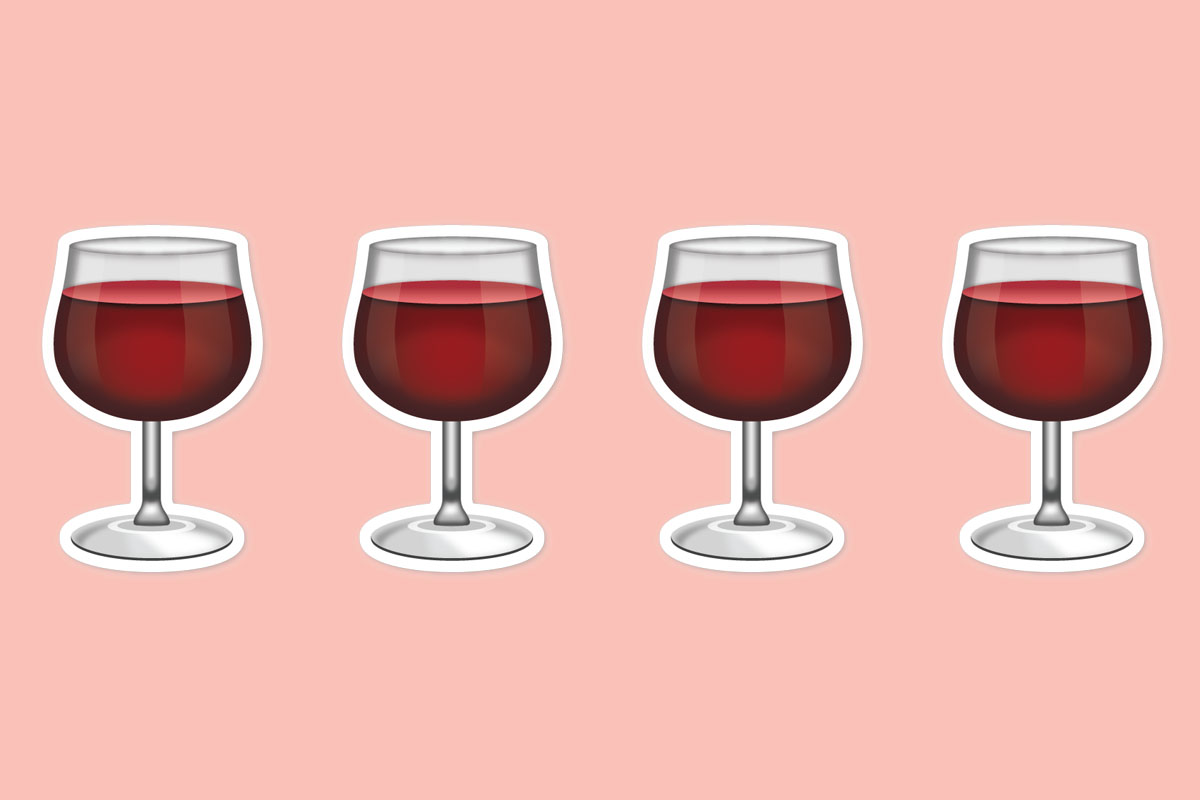Gearing up for her first Passover with my family, my then-girlfriend, now-fiancé had no idea what to expect. She had never been to a seder nor grown up around people going to seder, whereas I had roughly 50 seders (plus mock Hebrew school seders! Plus youth group chocolate seders!) on my resume.
Though every family’s seder is different, I wanted to write a guide to help her through her first five-hour dinner with somebody else’s extended family, rife with important traditions like hiding a religious cracker and finding it for money, drinking four or five glasses of wine, and, above all, not eating bread or thinking of bread or mentioning anything bread-like.
Over the years, this guide has passed through my group of friends attending their first seders or introducing their S.O.’s to the wonderful world of sederdom. So whether it’s your Tinder date’s very first night holding a Haggadah or you need a refresher before hanging with your roomie’s religious parents on the first night of Passover, let this gif-packed overview be your guide:
FIRST, SOME CONTEXT
Passover is the celebration of the Israelites leaving Egypt, spending 40 years wandering around the desert, and finally making it to Israel and maybe (if the Arabs didn’t do it first) inventing falafel approximately 5,000 years later.
Passover is the matzah holiday. We eat matzah (or matzo/matzoh) because when the Israelites packed up all their shit to leave Egypt, they didn’t have time for their bread to rise and therefore were left with crackers. They did not have cheese or honey, but that was promised in the LAND OF ISRAEL i.e. the land of matzah accoutrements.

Passover is in the Jewish month of Nisan (on the Lunar calendar), not to be confused with Nissan, which makes cars. You cannot drive cars on Passover if you are religious. Because Nisan is in the spring, Passover is also a celebration of springtime!
THE SEDER
To celebrate Passover, Jewish Americans have a seder both the first and second night of Passover (the holiday lasts eight days).
Seder, which means order in Hebrew, follows a regimented order of events. The order is noted at the beginning of the Haggadah, the book that we use on Passover, which is essentially the setlist for the evening Because we are “people of the book,” every person must have a book on their plate before the festive Passover meal. Because we are also “people of the noshing,” there will be other little plates with snacks on them — do not eat them until you are instructed/see other people not-so-secretly eating them.
Many families use the same Haggadot (plural for multiple Haggadahs) each year, building up decades of food and wine stains on the pages.

Some Passover seders may be small, just immediate family, while others may be huge, as the Haggadah typically begins, “All who are hungry, come and eat; all who are needy come and celebrate Passover” and people take that as literally as their stash of kosher-for-Passover silverware allows them to. And yes, good catch, many Jews use special separate silverware and dishes for Passover that have never, ever touched bread or other leavened ingredients.
THE HAGGADAH
Fun fact (for nerds): The Haggadah is one of the only Jewish books that can be written by anyone, like Brooklyn hipster author Jonathan Safran Foer, who authored a Haggadah in 2012 and has no rabbinic training. Here’s a fun seder game: Imagine your favorite reality TV star writing a Haggadah. What would it look like? Would there be fun songs? Illustrations?
The Haggadah is kind of like a young adult novel, in that it tells a dramatic story, broken up with pictures, songs, and mandatory snack (and wine!) breaks. It may be the best book you’ll read cover-to-cover all year, and lucky for you, you get to read it twice.

The Haggadah starts with Kiddush, the prayer over the wine. This is a great prayer because it means we have to drink. It is actually mandatory that you drink after this prayer. Four glasses of wine are prescribed at each seder, sometimes a fifth in memory of something you will forget because this is your fifth glass of wine.
After the Kiddush, ritual hand washing takes place. Soap is not allowed.
We’ll then move on to discussing items on the seder plate.
The Seder plate is a special plate that sits in storage all year except for during the seder, when it holds some special items:

Parsley is dipped in salt water, to remember the tears of the Egyptians (we’ll get there!).
A shankbone (these used to be free at the butcher in my grandma’s day but now they cost about $2 because you can charge for anything) represents the blood Israelites painted on their thresholds so the Angel of Death (AOD) could skip over them. Again, we’ll get there #drama. Some vegetarians choose to use a beet for this.
Celery is to represent spring and rebirth. You can also use lettuce. Or whatever. It doesn’t really matter this is purely symbolic and there will be an actual salad course.
Horseradish represents the bitterness and pain the Israelites suffered through while being enslaved. This symbol was instituted before everyone put Sriracha on everything and eating spicy things was considered punishment. Now, we eat it on gefilte fish and it’s great.
Charoset is a sangria-like fruit salad, every family has its own recipe, but it’s basically chopped apples and pureed nuts slathered in wine. It represents the mortar enslaved Israelites used while building brick-type things. It is much more delicious than mortar and it’s a good thing Jews don’t believe in ghosts b/c those formerly enslaved ghosts would be pissed we get to eat this instead of mortar.
Baked egg. I don’t know why the egg has to be baked, but it does (maybe so you never eat it??). It represents rebirth. It is also round-ish like the world.
The orange. There are various reasons the non-traditional orange may be on the seder plate, and we don’t need to get into them, but a few years ago my grandma handed me a clementine and said “I don’t know if this is for feminism or for lesbians or what, but we can use it.”
And now it’s time to leave Egypt!

We will read the Haggadah to tell the story of the Israelites leaving Egypt. Some people sing this story in Hebrew. Other people read a version intended for preschoolers to get the main ideas. We read that version.
Before the story of Passover is told, the youngest child asks the Four Questions. This is sung in Hebrew and read in English and intended to embarrass someone’s sibling, who will later look for the afikomen (hidden matzah) and get a prize, like a quarter with the state of Illinois on it.
HAGGADAH IN 140 CHARACTERS
This whole story starts with @Joseph in Egypt, but John Kasich can mansplain that to you, so we’ll fast forward …
@Yocheved: gave birth to Moses, if the Egyptians find him, they kill him, daughter @miriam daughter will put him in a river basket
@Batya, Pharoah’s daughter finds Moses in the #Nile and brings him back to the palace, @miriam offers to help out and raises Moses
@Moses is humble, he grows up, learns he is #Israelite #Blessed
@God speaks to Moses through a burning bush and says he must free the slaves #MotivationMonday
@Moses asks Pharaoh to #FreetheSlaves, he says no, @Moses staff turns into a serpent (or at least it does in the movies) and the 10 plagues happen #Blessed

DRAMA TIME, FINALLY
This is when we pour one out for the Egyptians. You can use a spoon or your finger to take wine from your glass to take it out for each plague. The last plague, the killing of the firstborn sons (girls lived, because they were useless anyway) of Egyptians by the AOD, is where that shankbone comes in. Israelites used lamb’s blood to paint their thresholds so the AOD would skip over them and not slay their firstborn sons.
So they packed up, but quickly because Pharaoh was known to be an indecisive a-hole. This is why we have matzah. And matzah is the reason Jews don’t eat bread or leavened foods for the week of Passover.

So the Israelites, led by Moses and Miriam, escaped through the Red Sea. When Pharoah sent Egyptians to chase them down, God closed the sea and drowned them and their chariots. We are sad for about half a second that Egyptians died and then we celebrate freedom.
Freedom starts with gefilte fish and matzah ball soup, followed by a big buffet featuring brisket and kugel and other kosher for Passover delights. The desserts aren’t great because you can’t use flour, so stick to fruit.
After the meal, the youngest child (child being relative, it will probably be me) searches for the afikomen (i.e. the hidden half piece of matzah) and collects a relatively low freelance fee for finding and sharing the dessert matzah. There are more prayers, including the prayer after the meal and a song called Hallel that no one ever remembers the tune to.
Then we pray for The State of Israel (I may softly mumble, and Palestine!) and go to sleep.




